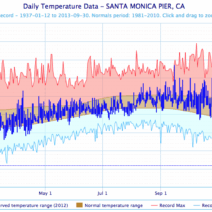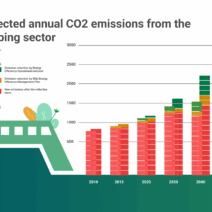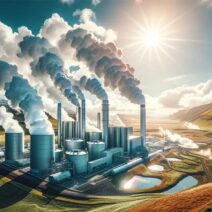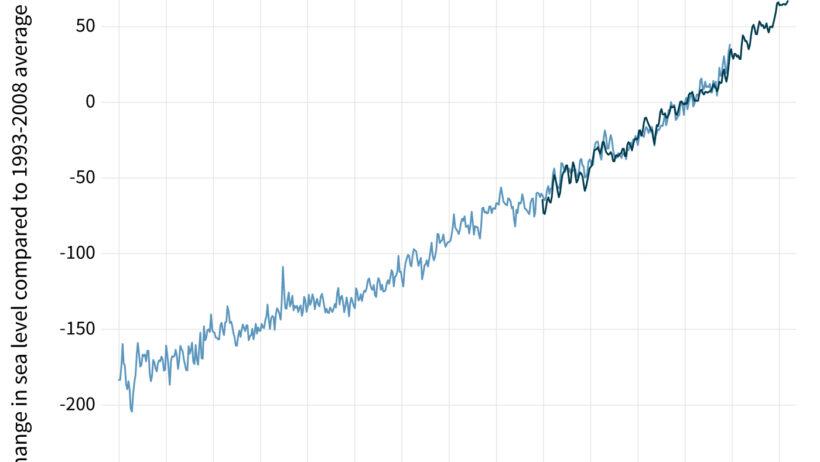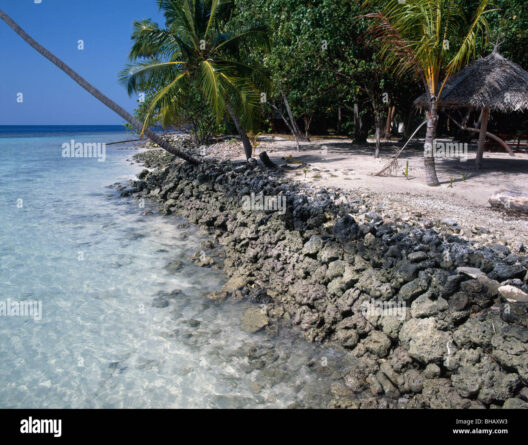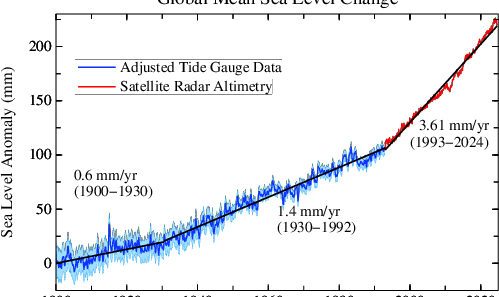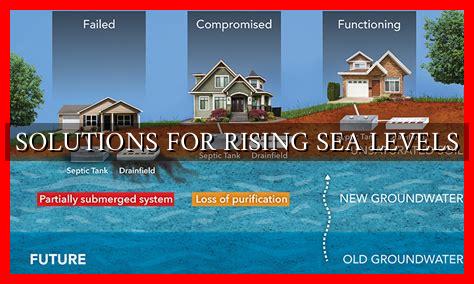Climate change is not an abstract concept confined to scientific discourse; it manifests tangibly in our world, most notably through the rising levels of the oceans. As we examine the intricate connection between climate change and sea level rise, one critical question arises: how does a warming planet lead to water levels encroaching on coastlines and wetlands? Understanding this relationship is essential for anticipating the future of our environments and communities.
To unravel this complex interplay, we need to explore two primary mechanisms contributing to rising sea levels: thermal expansion of seawater and the melting of glaciers and ice sheets. By dissecting these phenomena, we can illuminate the urgent need for action.
Thermal Expansion: A Hefty Contribution to Rising Seas
The first element in the sea level rise equation is thermal expansion, a relatively straightforward yet significant process. As global temperatures increase due to greenhouse gas emissions, oceans absorb much of this excess heat. Water, much like many substances, expands when heated—a principle derived from physics. This expansion occurs uniformly across the ocean’s vast expanse, leading to a measurable increase in sea levels.
This change may seem minimal on a day-to-day basis, but the cumulative effect is striking. Over the last century, thermal expansion has contributed substantially to rising sea levels. Current estimations suggest that as much as half of the total rise can be attributed to this phenomenon. The ocean’s average temperature has increased considerably across depths, indicating that even deeper layers of the ocean are affected. This warming thermal blanket has implications for marine ecosystems, potentially disrupting habitats and altering the delicate balance of marine biodiversity.
Ice Melt: The Disappearance of Glaciers and Ice Sheets
While thermal expansion explains part of the rising sea levels, the melting of glaciers and ice sheets adds a much more dramatic dimension to the crisis. Glaciers, which have historically been nature’s robust freshwater reserves, are now retreating at an alarming rate. Across the globe—from the majestic peaks of the Himalayas to the vast ice fields of Antarctica—the irrevocable melting of glaciers contributes millions of metric tons of water to the oceans annually.
The polar ice sheets, especially those in Greenland and Antarctica, are of paramount concern. These colossal masses of ice hold the potential to raise sea levels by several meters if fully melted. Current research indicates that the Greenland ice sheet alone is losing ice at an accelerating pace, fueled by summer melting and calving events where chunks of ice break off into the ocean. The West Antarctic Ice Sheet is also displaying signs of instability, as warmer ocean waters erode its ice shelves from below.
As these ice bodies diminish, they not only contribute to rising sea levels but also exacerbate climate change itself. This occurs because ice reflects sunlight—a characteristic known as albedo. With less ice on the Earth’s surface, darker ocean and land absorb more sunlight, leading to further warming. This feedback loop creates a distressing cycle that amplifies the impacts of climate change.
The Human Dimension: Communities at Risk
The consequences of rising sea levels extend far beyond scientific models. Human populations, particularly those in coastal regions, face formidable challenges. Low-lying areas, such as the Maldives, New Orleans, and parts of Bangladesh, are already experiencing the repercussions of encroaching seas, including frequent flooding and loss of land. With projections of continued rise, it is vital to recognize the social, economic, and environmental implications of climate-induced sea-level increases.
Communities must grapple with relocation, loss of agriculture, contamination of freshwater sources, and the potential displacement of entire populations—a phenomenon termed climate migration. The social fabric of many regions is threatened as cultural landmarks vanish and historical identities dissolve under rising tides. The psychological toll on affected populations, coupled with economic challenges, must not be overlooked.
Mitigation and Adaptation Strategies
Given the stark realities of rising sea levels, a dual approach of mitigation and adaptation becomes imperative. Mitigation focuses on reducing greenhouse gas emissions, and transitioning to renewable energy sources is pivotal in this regard. Nations must commit to stringent climate policies and innovative solutions to curb carbon outputs, thereby lessening the overall warming and its detrimental consequences.
On the other hand, adaptation involves developing strategies to cope with the inevitable changes that are already underway. Constructing sea walls, restoring natural barriers like wetlands, and employing sustainable urban planning practices are essential. Incorporating resilience into infrastructure is vital to withstand the changing landscape of our coastlines. Governments must engage local communities in these efforts, ensuring that strategies are tailored to the unique challenges faced by different regions.
In Conclusion: A Call to Action
The nexus between climate change and rising sea levels is a reality demanding immediate attention. The extraordinary movements of water that pressure our coastlines offer a clear message: the time to act is now. Understanding the dynamics of thermal expansion and ice melt empowers us to advocate for informed policies and proactive strategies. By embracing both mitigation and adaptation practices, society can strive to safeguard not only its coastal regions but also its collective future.
